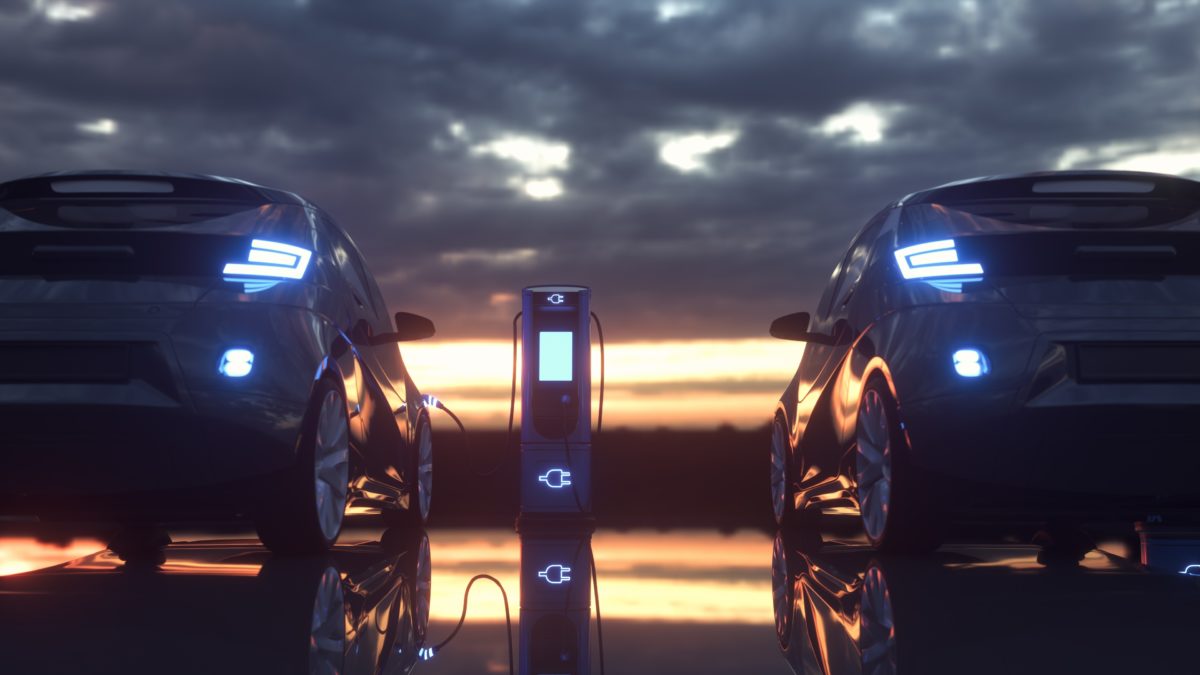
Will the Rise of the Eastside Eclipse the Seattle Boom?
The Eastside has long been eclipsed by Seattle. Now, however, it is challenging the big city on several fronts. The reasons are many: Microsoft’s revival; global tech companies opening engineering offices on the Eastside; the openness of Eastside local governments to new technologies; Seattle’s problems of homelessness, crime, traffic and subpar public schools; and the Seattle City Council’s hostile actions and rhetoric directed at tech companies.
For much of Seattle’s history, the Eastside provided bedroom communities for Seattle. The only top-ranked local university and all the major cultural institutions, headquarters for businesses, banks, law firms and best restaurants were located in Seattle.
Forty years ago, Bill Gates and Paul Allen, who grew up in Seattle, moved Microsoft from Albuquerque, New Mexico, to the Eastside. As it grew, Microsoft built a sprawling campus between Bellevue and Redmond, a typical suburban office park of its era devoted exclusively to Microsoft offices, with no Starbucks, independent workout clubs or restaurants. These amenities were a drive away. Microsoft workers settled into Eastside cul-de-sacs and, as their wealth grew, they moved into lakefront homes. Early tech companies tended to locate on the Eastside, partly to be in Microsoft’s shadow and because office space was cheap. Employees’ schools and social activities were east of the lake and they visited downtown Seattle as if it were a foreign country.
But Microsoft didn’t shake Seattle’s dominance. Beginning about 20 years ago, the company began to lose its tech primacy, as Amazon.com, locating itself in downtown Seattle, became a magnet for young, talented workers more interested in urban amenities than backyards. Amazon (of which I’m a board member) grew to match Microsoft in size, but instead of its campus being an isolated suburban office park, its buildings were intermixed with a vibrant urban area brimming with Starbucks, restaurants, tech and biotech companies and smart young people. Many Amazon employees were happy to live in small apartments and, when they outgrew those, they bought single-family homes (with backyards) in Seattle neighborhoods. They began adding bedrooms, patios and remodeled kitchens, transforming neighborhoods from low- and middle-income families to increasingly high-income tech workers.
Amazon and Seattle became the place to be as Microsoft lost its excitement and reputation for innovation. In 1998, three years after Amazon began selling books though the internet, Microsoft was the most valuable company in the world and so dominant that the Justice Department sued to break it up on charges that it had abused its monopoly power. In 2006, Amazon caught Microsoft (and IBM and Google) flatfooted when it launched its cloud-computing service, Amazon Web Services. Microsoft stumbled with its ill-advised purchase of Nokia, and although Amazon stumbled when it launched its own cellphone, it recovered with a successful Kindle reader and Fire TV, followed by Alexa, a voice-operated information and control system, which again surprised Microsoft, Google and Apple. Amazon passed Microsoft in market value and became the second company, after Apple, to exceed a trillion-dollar valuation.
Over the years, more than 100 global tech and other companies followed the tech talent to the Seattle area and opened important software engineering offices. Some were on the Eastside but many more chose Seattle. In the process, the City of Seattle’s revenues grew enormously, from $2.8 billion in 2010 to $4.2 billion in 2017.
But all is not well in Seattle. School district statistics show significant disparities in public pre-K-12 schools achievement when comparing children of color and low-income families, while surveys show benchmarks of school quality have not improved much over the years. Homelessness has grown rampantly, with tent cites locating in middle-class neighborhoods, and crime and needles littering parks and playgrounds. Traffic has worsened downtown and on commuter routes. Based on Seattle police statistics, violent crime increased in Pioneer Square by 13 percent from the 2008-2010 to 2015-2017 time period.
Seattle and its citizens want to fix these social problems but have become frustrated with the City of Seattle’s inability to do so. This boiled over when the Seattle City Council and mayor passed a head tax on employers. Large and small businesses, as well as citizens, rose up in opposition. When they gathered 46,000 signatures in a few weeks, and poll results showed overwhelming voter disapproval, the city council, with the mayor’s support, repealed the tax. In response, Amazon lifted its hold on construction of new buildings.
Nonetheless, the sharp divide between Seattle’s business community and city council remains, and although Amazon has canceled its decision to locate major offices in Queens, New York, it has reaffirmed plans to locate at least 25,000 employees in Crystal City, Virginia, 10 minutes by subway from downtown Washington, D.C. It also said it intends to grow its 17 corporate offices and tech hubs across the U.S. and Canada.
Read More ›
